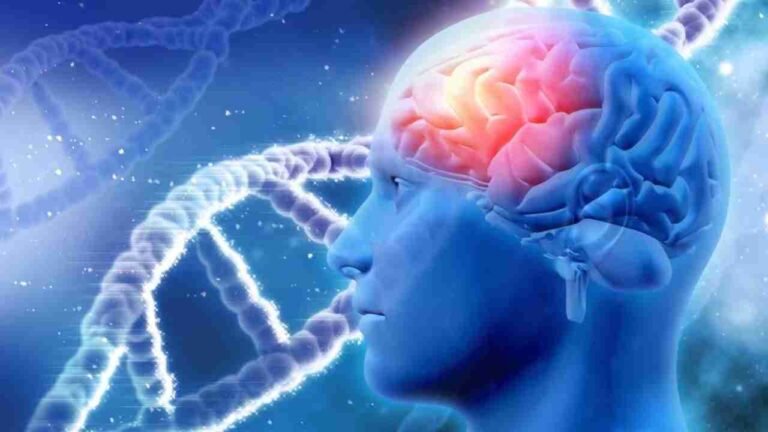Understanding the Meaning of “Placenta” in Tamil
February 24, 2024

Ovulation Meaning in Hindi
February 24, 2024

Clove Oil to Saltwater Rinse: 6 Quick Fixes for Toothache You Can Try
February 13, 2024

International Epilepsy Day: Seizures to Automatisms, 10 common symptoms of the disease
February 12, 2024

Candida Auris: A Looming Threat in Healthcare
February 10, 2024

Thyroid Gland Disorders: A Comprehensive Guide
February 7, 2024










